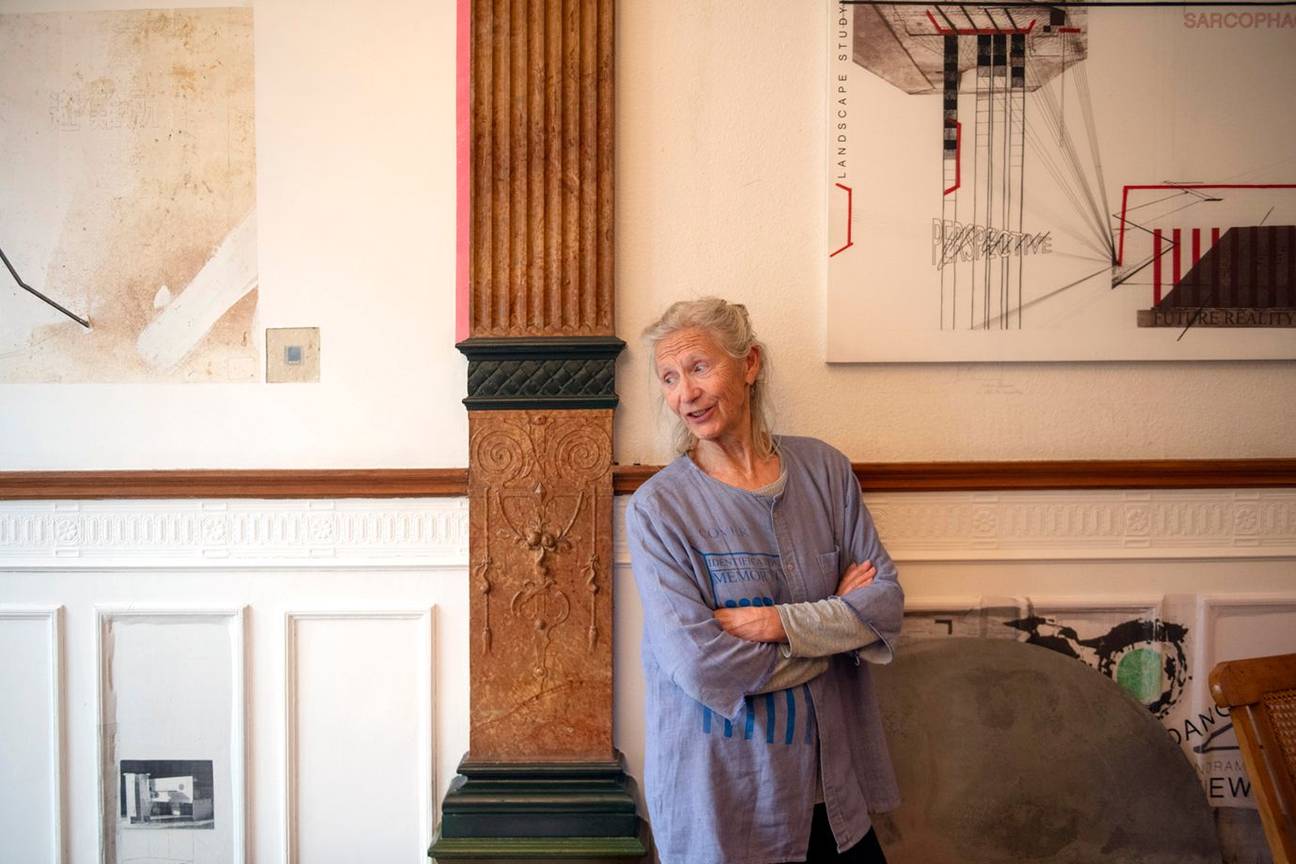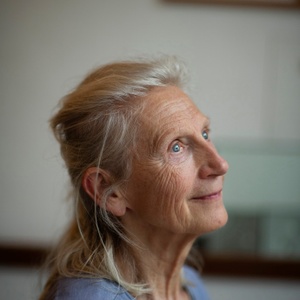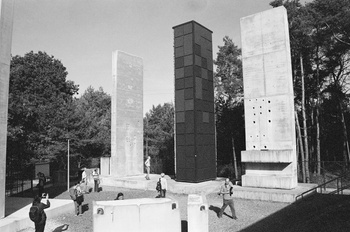At Botanique, Cécile Massart presents an exhibition inspired by radioactive waste management that is also an invitation to construct a nuclear culture.

© Ivan Put
| Cécile Massart: "When I first found out about the potential dangers of nuclear waste, I was shocked and felt terrible for the people who were exposed to it. But I had to put my feelings to one side."
Artist Cécile Massart: ‘Like it or not, nuclear energy is here to stay’
Since 1994, Cécile Massart has been interested in our forced cohabitation with nuclear waste. She is not an activist; she is an artist, citizen, and sentinel. Like this complex and emotionally charged issue, her work is polymorphous; it includes sculptures, engravings, films, videos, and installations. In 2000, her work was exhibited at the Electrabel headquarters in Antwerp. She invited the public and the authorities to come together to create a nuclear culture and arranged to have another meet-up in 2020. The time has now come.
What can art bring to the debate about nuclear waste management?
Cécile Massart: I think art has a very important role to play. When I first found out about the potential dangers of nuclear waste, I was shocked and felt terrible for the people who were exposed to it. But I had to put my feelings to one side. I thought of talking to the agencies involved in waste management straight away, but before I started having discussions about it, I wanted to understand the subject and see what projects were happening at an international level. If you come at something with fixed ideas, the door closes. Currently, burying the waste is the only solution. In the beginning, we dumped it in the sea close to the coast. Then, that was banned. We decided to bury the highly radioactive waste very deep underground.
No doubt there will be other solutions in the future, but safety must be guaranteed from today. We decided that we could not keep the dangerous waste at the surface. In numerous countries, huge works are about to begin. In my artwork, I strive to interpret these sites within the landscape, and to question things. There is a whole code of symbols to be invented together with artists, scientists, and philosophers, and other types of actor that do not yet exist. An artist who continues to take an interest in such questions could perhaps be called an artist-guardian, opening a door to another world.
The public is curious. This exhibition is an invitation to go and have a discussion, to question those responsible

How did you become interested in those issues?
Massart: Between 1982 and 1992, I worked with pixels, exploring the intangible image. My background is in engraving. I saw how the arrival of computers shattered the old techniques. I saw the Commodore come and go, and then the Amiga. I have seen how media become obsolete and the speed with which other technologies emerge and take over the market.
In 1992, I saw a programme on TV about the Soulaines nuclear site in France. It was a neighbour who told me about it. They said it reminded them of my work. Coloured squares were used to show the half-life or rate of decay of nuclear waste. I was amazed by this colour code, which went from red to green depending on the level of radioactivity. I was stunned and shaken to the core; it was the first time that I had heard about how dangerous this waste is. I tried to find out who was in charge of these issues in Belgium. I phoned the Ministry of Energy and I was told that ONDRAF/NIRAS was responsible for such matters. I went to see them, without knowing exactly what I wanted to ask them. I didn't have the vocabulary. I just knew that I wanted to understand.
You use a very diverse range of approaches and media.
Massart: When I find a medium that speaks to me, be it lead, offset plates, ceramic, or film, I grab hold of it. If the point is to say something, the medium doesn't matter. I often leave it up to chance.
When I returned from Fukushima, I wanted to work with the idea of the wall, completely pointless when it comes to protecting the inhabitants, but indispensable when it comes to protecting us from radiation. I tore the wallpaper off to draw directly on the wall. Over in Fukushima, I had been shocked to see that they had thrown the radioactive waste into rice paddies. I drew the perimeter of those rice paddies on the plaster on my wall. I also painted on a strip of pink Japanese paper. In Fukushima, I had seen pink ribbons all along the roads and around the clumps of trees that people had put there to discourage people from passing. At first, nobody could tell me why they had chosen pink; then I learned that they had used ribbons that were left over from decorating festivals.
I'm the same, I work under pressure with whatever I have to hand. I get stuck into my idea; I don't want to let it pass me by. Saying something is what's important, not the search. When I saw my grandson playing with some Lego bricks, I used them to recreate the structure of storage facilities. I took some photographs of them, which I redrew and mounted behind leaded windows, giving them a yellowish tint. Due to their weight, I used cable ties to hold them in place.

A nuclear waste storage site in Dessel, Belgium. Cécile Massart: “People don’t really know what a nuclear power plant is.”
In the exhibition, like in your work, you have put the human in the centre.
Massart: I arranged some chairs in a semi-circle to invite the public to come and talk to me. Putting the human in the centre means paying attention to their concerns. I am always on site on Friday and Saturday afternoons – I see it as part of my work.
What do people ask?
Massart: They are glad that this exhibition is giving them the opportunity to gain a better understanding of a subject that they don't know a lot about and to talk about the situation in Belgium. It liberates them from their fears. The public is curious. This exhibition is an invitation to go and have a discussion, to question those responsible. People don't really know what a nuclear power plant is. Now that they need to be dismantled, we are realising that there will be a lot of waste. We hadn't thought about it before. Waste is a huge issue. There are many questions to be asked about it.
I get the impression that you are optimistic or at least have confidence in humankind's capacity to find solutions?
Massart: I see how many people are engaged in research, physicists, geologists who are debating and collaborating to come up with something better, to try to find a solution to the problems that those who first began to use nuclear energy failed to foresee. In a way, it's a matter of making up for our lack of foresight.
Like it or not, nuclear energy is not going away. We will no doubt see an end to civilian nuclear energy, but we will continue to use isotopes in the field of medicine. And in the military, which will continue to grow. How could we hold it back? I am not against nuclear energy; my work explores the issue of nuclear energy within the landscape. Waste is part of our civilisation. We had largely adapted to it. But now, we are dealing with a type of waste that does not decompose easily. This is a long-term – very long-term – issue and we are not used to that.
Read more about: Expo